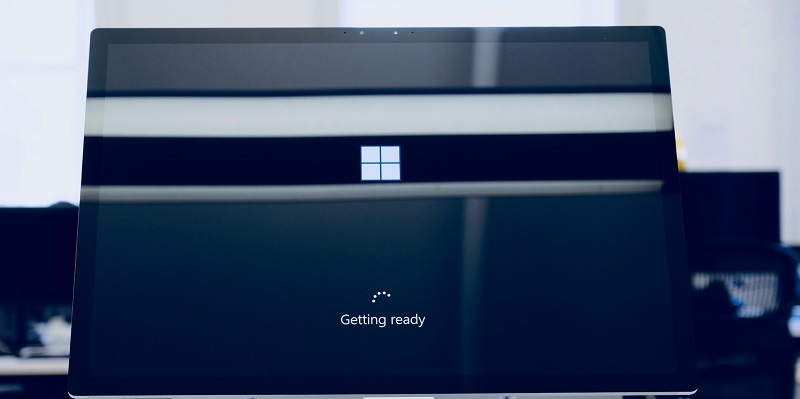Microsoft’s security response team has taken a proactive approach by pushing out a significant number of software and operating system updates. This latest batch of updates aims to cover more than 100 vulnerabilities that have been identified across the Windows ecosystem. Even more concerning is the fact that three of these flaws are already being exploited in the wild, making it crucial for users to apply the patches as soon as possible.
Collaboration with Tech Giants
In a commendable move, Microsoft has teamed up with leading tech giants, including AWS, Google, and Cloudflare. This joint effort is focused on addressing the ‘HTTP/2 Rapid Reset’ zero-day vulnerability, which has the potential to cause major disruptions and security breaches. By combining their expertise and resources, these companies are actively working to neutralize this threat and protect users from potential exploits.
Exploited Zero-Day Vulnerabilities
Microsoft’s security team has identified and brought attention to two zero-day vulnerabilities in popular applications. The first vulnerability lies in Microsoft WordPad and is categorized as an information disclosure issue, allowing for the unauthorized disclosure of NTLM hashes. It is alarming to note that this vulnerability is already being actively exploited in the wild. Microsoft has credited the discovery of this exploit to its own threat intelligence team, suggesting that it is being utilized in malware attacks through maliciously crafted URLs or files.
The second zero-day vulnerability occurs in Skype for Business, enabling attackers to elevate their rights on compromised Windows machines. This security flaw poses a significant risk to users’ sensitive data and could potentially lead to further system compromises. It is imperative for users to remain vigilant and take immediate action to protect their systems.
Lack of Indicators of Compromise
Unfortunately, Microsoft’s advisory regarding these vulnerabilities lacks specific indicators of compromise (IOCs) or telemetry to assist defenders in detecting signs of compromise. This absence of crucial information presents challenges for cybersecurity professionals as they attempt to hunt for potential threats and vulnerabilities within their networks. It is important for Microsoft to provide as much information as possible to aid defenders in their efforts to mitigate risks effectively.
Documentation of Vulnerabilities
A comprehensive examination of the updates reveals that Microsoft has documented approximately 110 vulnerabilities spanning a wide range of Windows and operating system components. In particular, the Microsoft Message Queuing technology has been heavily impacted, with 20 separate bulletins identifying security defects of significant implications. These vulnerabilities emphasize the gravity of the situation and the urgency in applying the necessary patches to ensure system security and stability.
Urgent Attention Needed
Windows administrators are strongly urged to pay attention to a critical vulnerability affecting the Windows IIS Server, which has received a CVSS rating of 9.8. This high rating signifies the severity of the bug and highlights the imminent threat it poses to systems. Neglecting to address this vulnerability promptly could result in unauthorized elevation of privileges and potential system compromises. Taking swift action to patch this bug is of utmost importance to safeguard systems and networks.
Microsoft’s proactive release of a massive batch of software and operating system updates demonstrates their commitment to user security. These updates address a significant number of vulnerabilities across the Windows ecosystem, including zero-day vulnerabilities that are actively being exploited. As ongoing attacks continue to target these vulnerabilities, it is essential for users to apply the patches without delay and maintain a high level of vigilance. Timely patching and robust security measures are crucial for protecting systems and data in an increasingly hostile digital landscape.

